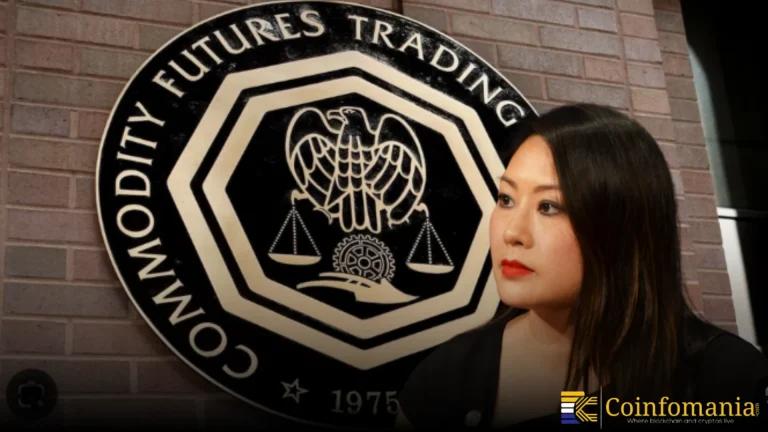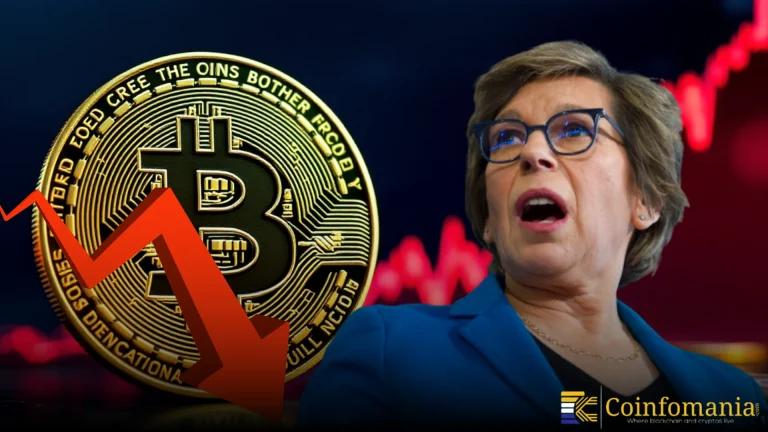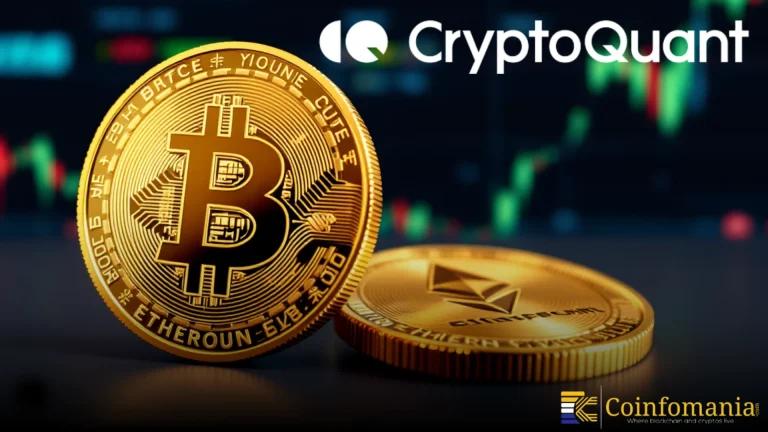European Market Reacts to NATO’s 5% GDP Defense Spending Target
The European market reacts to NATO’s new 5% GDP defense spending target, rising Middle East stability, and key European earnings reports.

Quick Take
Summary is AI generated, newsroom reviewed.
NATO plans to raise defense spending to 5% of GDP by 2035.
Euro market responds to stable Middle East tensions and strong defense stocks.
H&M earnings and German consumer data influence broader European market trends.
European markets opened cautiously on June 26, with UK market participants watching multiple global developments. On the same day, analyst Axel Adler tweeted, “Euro Stoxx 50 and Stoxx 600 futures hovering around the unchanged mark.” Investors focused on geopolitical stability in the Middle East and NATO’s fresh plan to raise defense spending to 5% of GDP by 2035. This decision has already boosted shares in the defense sector. Meanwhile, hopes for a lasting truce between Iran and Israel continue. The European market also kept an eye on Germany’s GfK consumer confidence data and H&M’s surprising earnings report.
NATO’s 5% Defense Target Sparks Conversation in the European Market
NATO’s decision to aim for 5% of GDP on defense spending has sparked intense debate. The current goal, set in 2014, was 2% of GDP by 2024. That target came after Russia annexed Crimea. Now, 23 out of 32 member countries meet the 2% mark. In 2023, NATO spent 2.61% GDP on defence, in which Poland leads with 4.1%. Estonia and the U.S. spent 3.4%, Latvia and Greece used 3.2% and 3.1% on their defence.
NATO’s proposed 5% goal includes 3.5% for direct military spending. The remaining 1.5% aimed at infrastructure improvements such as roads, ports, and energy. European market participants emphasize this as a long-term plan to shift the global dynamics. This 5% GDP target is set to be hit by 2035. However, the UK government needs to reveal the funds. NATO Secretary General Mark Rutte stated, “this move was widely accepted due to the rising threat from Russia.”
Middle East Stability Offers Temporary Relief to the Global Market
Euro Stoxx 50 futures gained 0.3%, reaching 538.75 points by 0707 GMT. The European market also gained confidence from the continued truce between Iran and Israel. Recent tensions had unsettled investors, but reports suggest stability is holding. The U.S. plans to hold nuclear talks with Tehran next week, which could further ease geopolitical risks. Markets dislike uncertainty, and any progress in diplomacy usually brings calm. In this environment, defense stocks saw increased demand. The European industrial miners sector showed a 1.1% rise as utilities advanced by 0.8%. Axel Adler also said, “European markets are opening flat,” but showed some upward momentum.
European Market Watches H&M Earnings and Consumer Data in Europe
On the corporate front, H&M shares rose by 5.3% after reporting a stronger-than-expected second-quarter profit. The Swedish fashion retailer, under CEO Daniel Erver, is working to restore its brand image and financial performance. This recovery comes as a welcome signal for retail investors in the UK market. Additionally, markets awaited Germany’s GfK consumer confidence data to better understand economic sentiment in the Eurozone. Consumer data remains a critical indicator for predicting demand trends and retail strength. European market observers are particularly interested in these reports, as they help gauge the broader health of the European economy. Any uptick in confidence could fuel further investment in consumer-related sectors.
Market Remains Watchful but Cautiously Optimistic
A blend of military, economic, and diplomatic news shaped investor behavior. NATO’s massive 5% defense target is expected to realign budgets and impact government spending. Middle East stability offers short-term relief, while H&M’s performance adds a positive corporate signal. Markets will now focus on how governments, including the UK, respond to NATO’s financial expectations. Future moves will depend on clarity from officials, especially concerning budget plans. For now, European markets are treading cautiously, watching for clarity from NATO members and economic signals across sectors.
Follow us on Google News
Get the latest crypto insights and updates.


